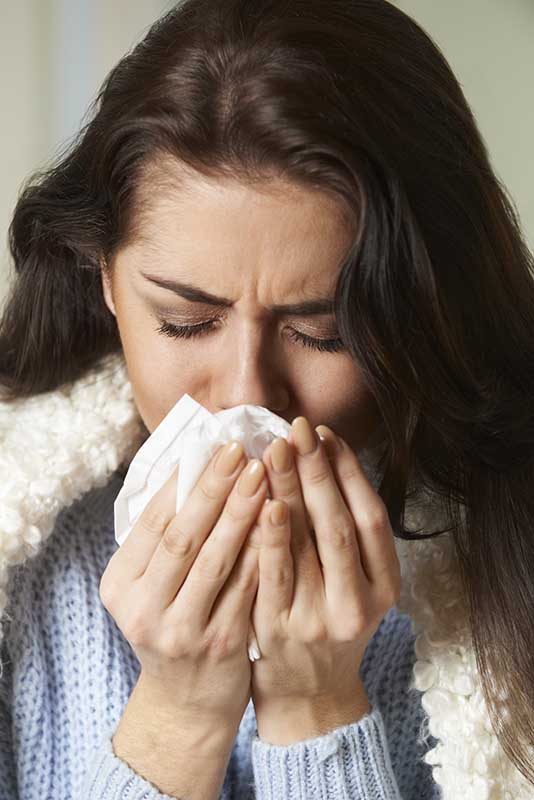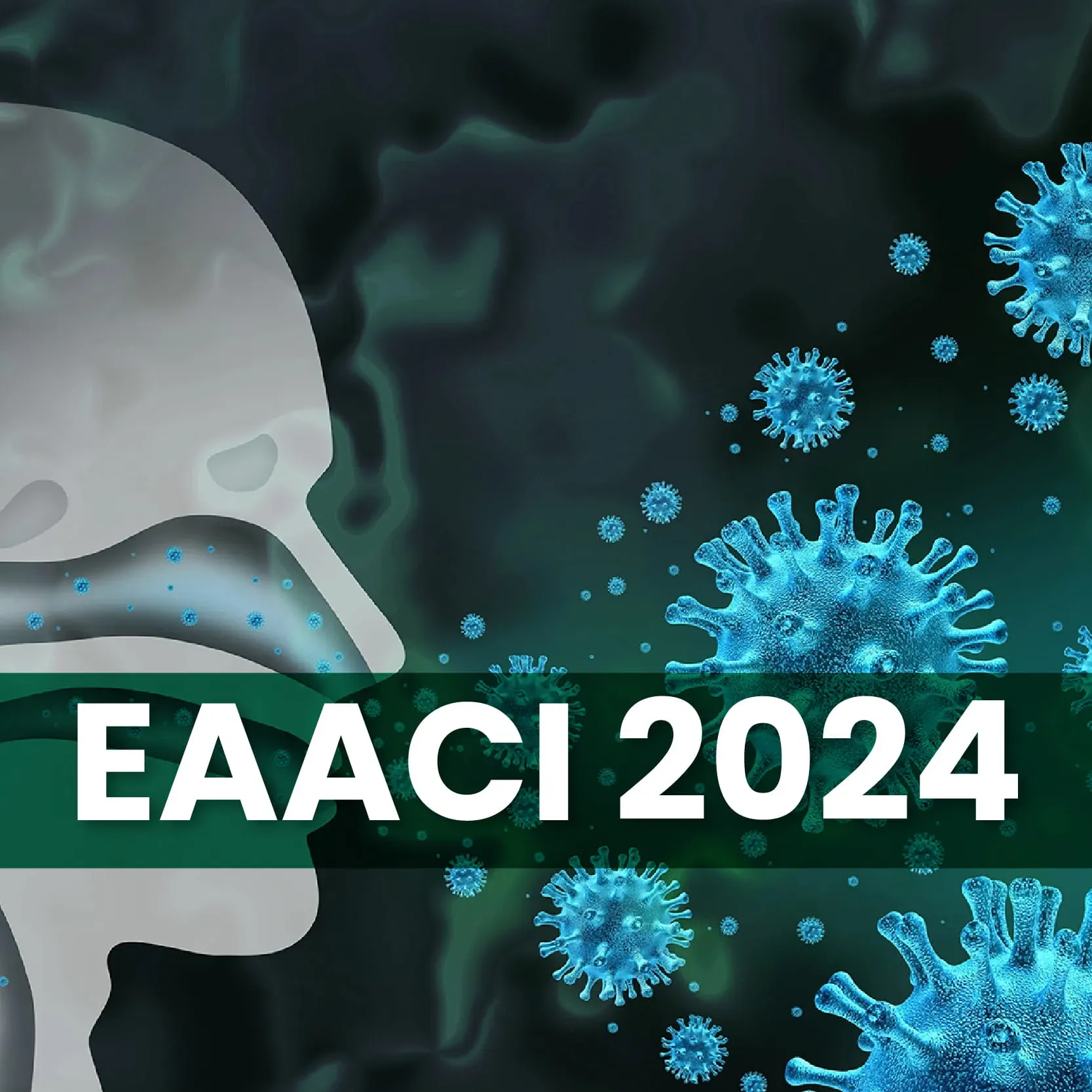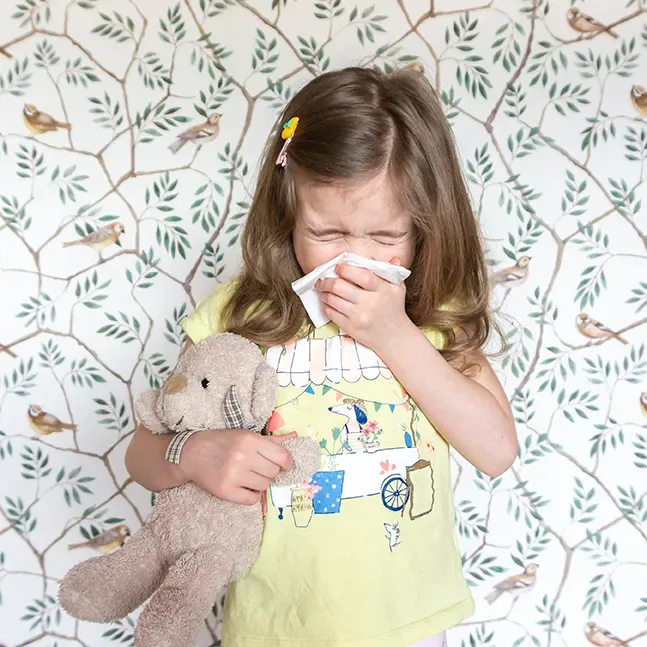Introduction:
Grass pollen (GP), a key contributor to allergic rhinitis (AR) and asthma, contains not only allergens but also various biomolecules that can trigger inflammation. However, most studies use aqueous GP extracts, which lack immune-modifying components present on the pollen surface. This study aimed to assess the inflammatory effects of whole pollen on airway epithelial cells using a physiologically relevant delivery system.
Methods:
A novel system was designed to deliver aerosolized whole pollen from three grass species:
- Temperate: Timothy grass (TGP)
- Subtropical: Bahia (BaGP)
- Bermuda (BeGP)
Key methodological points:
- Exposure models:
- Well-differentiated human nasal epithelial cells (NECs) from adolescents with AR (± asthma) in Air-Liquid Interface (ALI) cultures.
- Human A549 epithelial cells.
- Pollen delivery:
- Aerosolized at 10 L/min to simulate normal breathing.
- Physiological dose: ~28–38 pollen/mm².
- A549 cells were also tested with high doses (1–5 mg/mL; equivalent to 90–700 pollen/mm²).
- Assessments:
- RT-PCR at 6 hours for gene expression.
- ELISA at 24 hours for cytokine measurement.
- Continuous live-cell imaging and transepithelial electrical resistance (TEER) at 24 hours.
- Cytokine levels were normalized to deposited pollen quantity.
Results:
A549 Cell Line (Dose-dependent and Species-specific Response)
- All grass pollens increased IL-8 and IL-1β production in a dose- and species-specific manner.
- No induction of IL-6 or GM-CSF at 24 hours.
NEC ALI Cultures (Physiological Doses)
- TGP triggered significant IL-6 and IL-8 release at both apical and basal surfaces (n=7).
- BeGP induced significant IL-8 production (n=7).
- Only TGP upregulated IL-1β gene expression (n=6); no upregulation of other inflammatory or alarmin genes observed.
- No changes in TEER were detected for any GP (n=7).
- Live imaging suggested that the mucociliary barrier of ALI cultures restricted pollen-cell interactions, reducing the extent of inflammatory response.
Conclusion:
Whole pollen delivered at physiologically relevant levels provides a more accurate representation of real-life respiratory exposures than aqueous extracts. Inflammatory responses vary by pollen species, with Timothy grass showing the most pronounced effects. The mucociliary barrier in NECs may offer protective effects, limiting inflammation. These findings support the use of aerosolized whole pollen in future studies to better understand allergenic mechanisms and inform therapeutic development.
European Academy of Allergy and Clinical Immunology 2025,13-16 June, Glasgow, United Kingdom.




